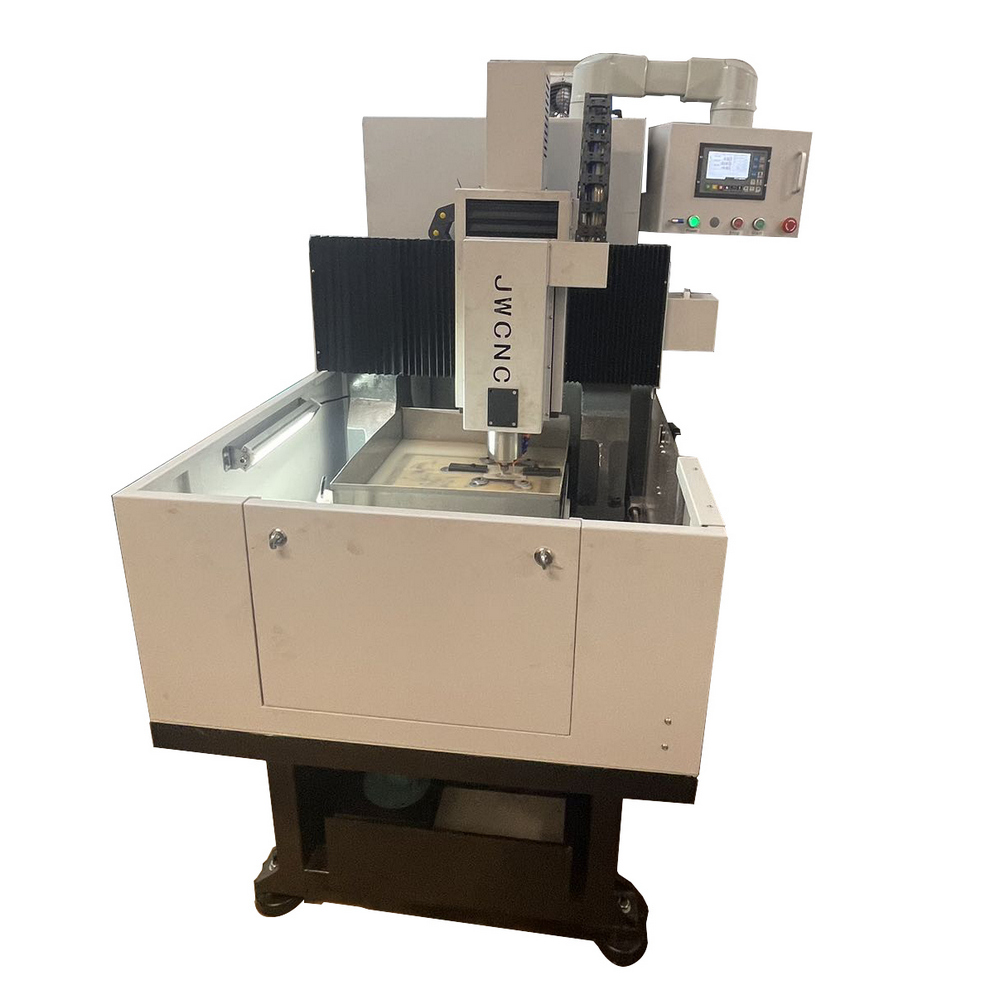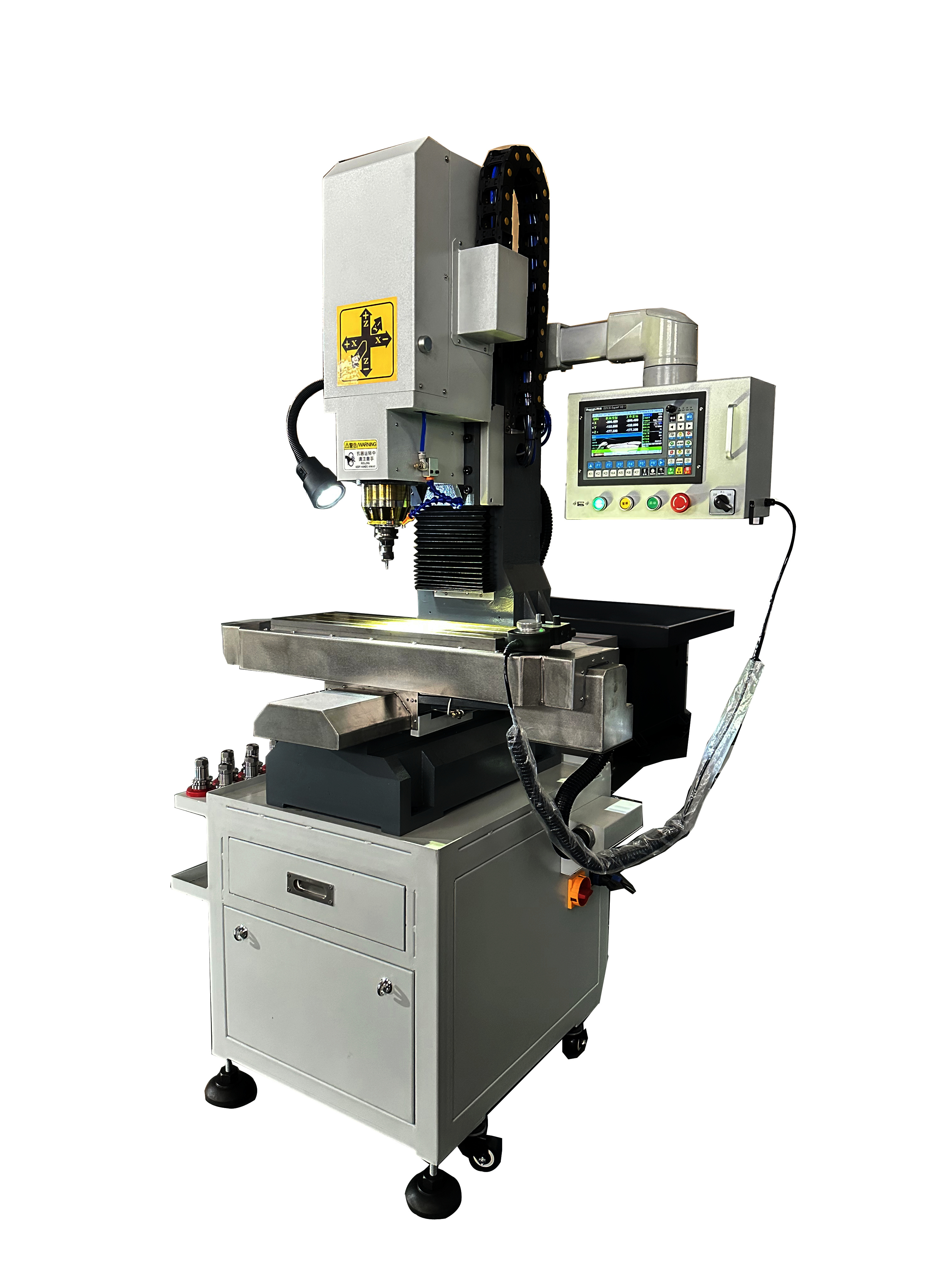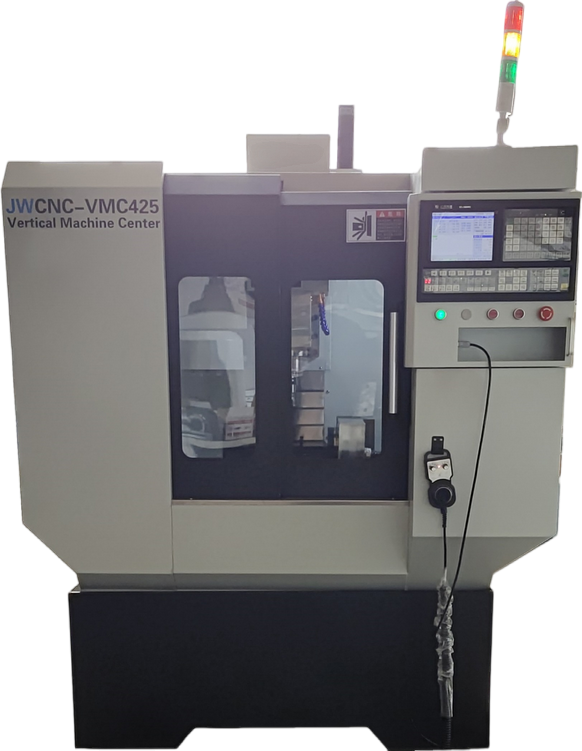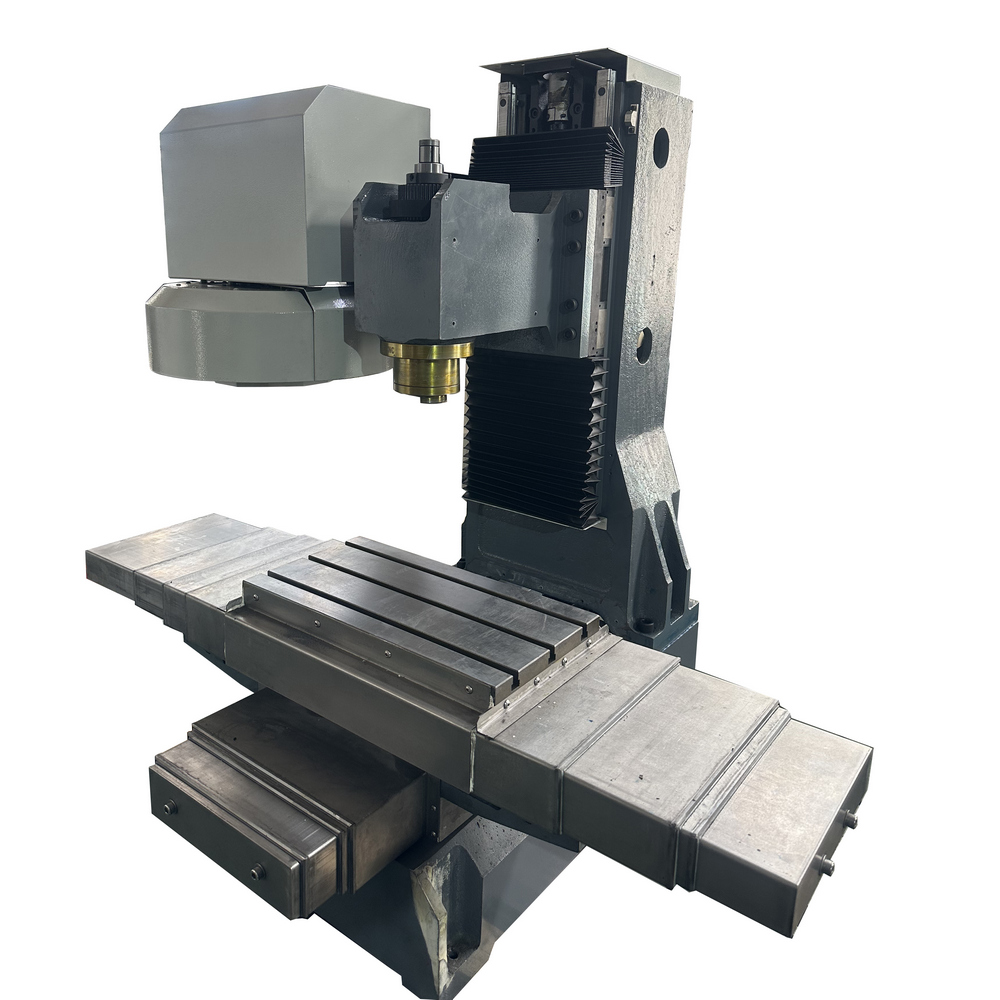A high-quality CNC small machine starts with a robust frame that is sturdy, stable, and highly precise
A high-quality CNC small machine starts with a robust frame that is sturdy, stable, and highly precise.
The structural performance of the frame directly impacts the equipment's machining accuracy, stability, and service life.
The following analysis is presented from three aspects:
core design requirements of the frame, key technical points, and common materials and processes.
I. Core Design Requirements for the Frame: The Underlying Logic of Sturdiness, Stability, and High Precision
1. Sturdiness and Durability – Withstanding External Forces and Deformation Mechanical Load Bearing: The frame must bear static/dynamic loads such as spindle cutting forces, worktable movement inertia, and workpiece weight to avoid structural cracking or plastic deformation. Vibration Resistance Design: During processing (e.g., high-speed cutting or heavy-load milling), vibrations are prone to occur. The frame should reduce resonance through reasonable structural designs (e.g., rib plate layouts) to prevent impacts on surface finish quality. 2. Stability and Reliability – Minimizing Thermal Deformation and Displacement - Thermal Stability : Components like motors, guide rails, and lead screws generate heat during operation. Frame materials should have low thermal conductivity or expansion coefficients (e.g., granite, resin concrete) to reduce geometric precision deviations caused by temperature changes. - Dynamic Stability : Start-stop or direction changes of moving components (e.g., ball screws, linear guides) create shocks. The frame should absorb vibration energy through rigid connections (e.g., bolts + dowel pin positioning) and damping designs (e.g., built-in dampers) to ensure smooth movement. 3. Precision Assurance – Micron-Level Error Control - Geometric Precision : The straightness, parallelism, and perpendicularity of guide rail mounting surfaces on the frame must be controlled at the micron level (e.g., ±0.005mm/m), directly influencing the relative motion trajectory accuracy between the tool and workpiece. - Repeat Positioning Accuracy : The round-trip positioning error of moving components (e.g., worktables) must be less than 1/3 of the machining tolerance (e.g., if the machining accuracy requires ±0.02mm, the repeat positioning accuracy should be ≤±0.006mm). Insufficient frame rigidity can accelerate guide rail wear and affect long-term precision retention. II. Key Technical Points in Frame Design 1. Structural Form Selection: Differentiated Design Based on Machining Requirements | Structure Type |Characteristics | |--------------------------|------------------------------------------------------------------------------------------------------------------------------------------------------------------------------| | C-Type Frame | Single-column + crossbeam structure, open layout for easy loading/unloading, but with weaker rigidity and susceptibility to unilateral loads. | | Gantry Frame | Double-column + crossbeam structure, symmetrical layout with strong rigidity, suitable for large-span and heavy-load machining. | | Box-Type Frame | Fully enclosed box structure with three-dimensional rib plate reinforcement, offering optimal rigidity and vibration resistance but higher manufacturing costs. | 2. Material Selection: Balancing Performance and Cost - Cast Iron (e.g., HT300) - Advantages: Mature casting processes, excellent damping performance (absorbs vibration energy), low thermal expansion coefficient (approximately 10×10⁻⁶/℃), and suitable for long-term precision retention. - Applications: The mainstream material for traditional CNC equipment frames, commonly used in bases and columns of small-to-medium machine tools. - Resin Concrete (Polymer Concrete) - Advantages: Damping ratio 3-5 times higher than cast iron, excellent vibration resistance; complex structures can be integrally formed via molds to reduce assembly errors; strong corrosion resistance. -Applications: Bases or columns of high-end CNC machines and precision machining equipment (e.g., some models from German DMG MORI). - Granite - Advantages: Natural material with excellent thermal stability (thermal expansion coefficient ~0.8×10⁻⁶/℃), high hardness, and good wear resistance. - Applications: Guide rail bases for precision measuring equipment (e.g., coordinate measuring machines) or ultra-precision machining tools. 3. Key Processes: Precision Control from Manufacturing to Assembly - Casting/Processing Techniques - Cast iron parts must undergo aging treatment (e.g., annealing or natural aging) to eliminate internal stresses and prevent later deformation; - Guide rail mounting surfaces are ground or scraped, with surface roughness Ra≤0.8μm, and contact precision is inspected via the paint-marking method (e.g., ≥20 contact points per 25mm×25mm area). - Assembly Techniques - A laser interferometer is used to detect guide rail straightness (e.g., error ≤±0.002mm per 500mm stroke), fine-tuned via wedge blocks or adjusting shims; - Couplings between lead screws and motors must undergo **dynamic balance correction** to avoid eccentric vibrations during rotation. III. Extension: Cutting-Edge Trends in Frame Design 1. Combining Lightweight and High Rigidity Finite Element Analysis (FEA) is used to optimize rib plate layouts and remove redundant materials, such as honeycomb hollow structures or topology optimization designs, to maintain rigidity while reducing weight. 2. Intelligent Monitoring and Compensation Temperature sensors and strain gauges are embedded in the frame to real-time monitor thermal deformation and stress states, with automatic compensation via CNC systems (e.g., thermal error compensation algorithms). 3. Composite Material Applications Hybrid use of metal and non-metal materials (e.g., cast iron frames filled with resin concrete) balances rigidity and damping performance. A typical case: precision machining centers from Swiss GF Machining Solutions. Conclusion The frame design of a CNC small machine is a systematic engineering discipline integrating materials science, mechanical analysis, and precision manufacturing. From material selection to processing, it must focus on the mechanical essence of "sturdiness and stability" and the machining requirement of "precision priority."
Through reasonable structures, high-quality materials, and meticulous assembly, a solid foundation is laid for the equipment’s high-performance operation. For specific machine types (e.g., CNC lathes, milling machines, or engraving machines), design parameters should be further optimized based on the machining materials (e.g., metal, plastic, wood).
 Application and Future Trends of Small CNC Milling Machines in Developing Countries: Focus on South America
Application and Future Trends of Small CNC Milling Machines in Developing Countries: Focus on South America
 The Growing Role of Small CNC Milling Machines in Automotive and Motorcycle Parts Manufacturing: A Focus on Emerging Markets
The Growing Role of Small CNC Milling Machines in Automotive and Motorcycle Parts Manufacturing: A Focus on Emerging Markets
 A Comprehensive Guide to Purchasing Small CNC Milling Machines in the U.S.
A Comprehensive Guide to Purchasing Small CNC Milling Machines in the U.S.
 A high-quality CNC small machine starts with a robust frame that is sturdy, stable, and highly precise
A high-quality CNC small machine starts with a robust frame that is sturdy, stable, and highly precise
Please contact us with your request
We are ready to answer your questions.
